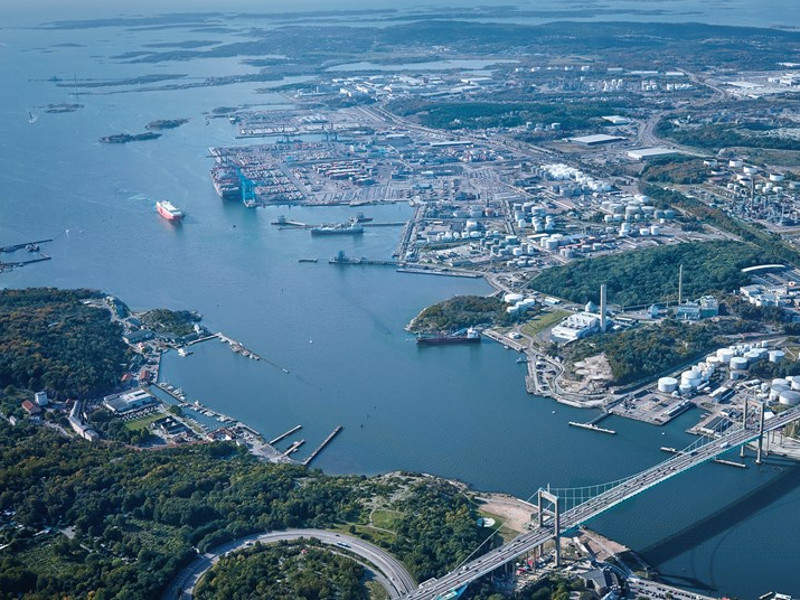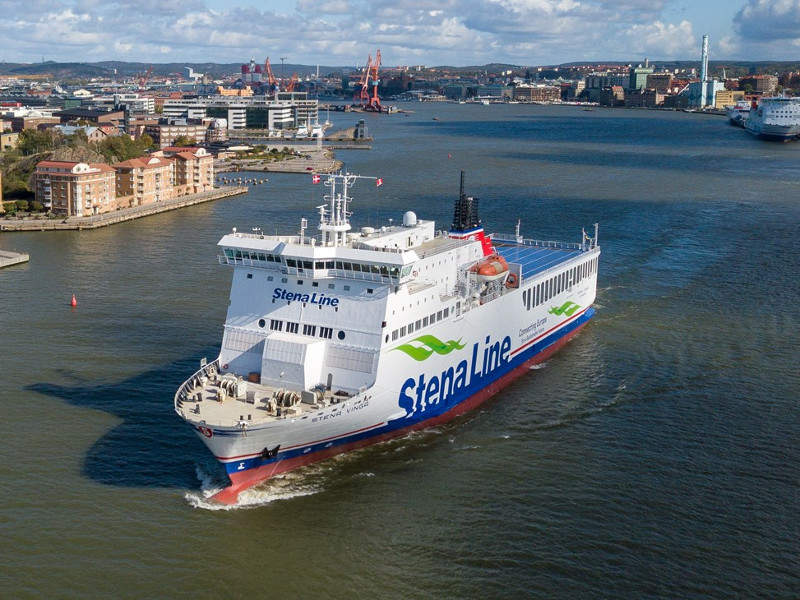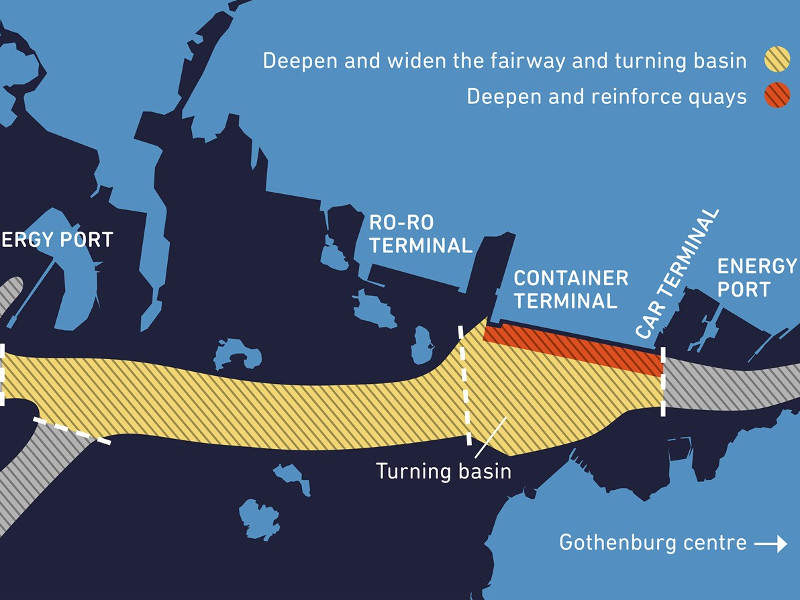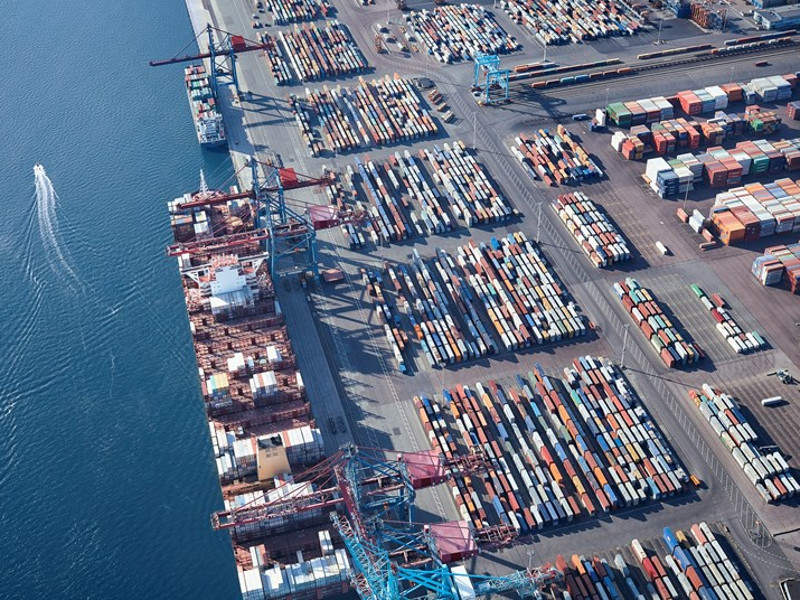The Port of Gothenburg is a deepwater port located in the western part of Sweden.
As one of the biggest ports in the Scandinavian region, the port acts as a gateway for transportation to the cities of Oslo, Copenhagen, and Stockholm.
Gothenburg port is mainly used for commercial operations and accounts for approximately 30% of foreign trade in Sweden.
The port is owned by Göteborgs Stadshus (Gothenburg Municipality) and operated by the Gothenburg Port Authority.
It consists of multiple sections, harbours, and multiple terminals, including cruise, container, car, ro-ro vessel, oil, passenger, and energy terminals.
One of the largest expansion projects in the history of the port has been undertaken by the port authorities to address rising demand.
New terminal at Port of Gothenburg
A new terminal is being constructed in the outer area of the Gothenburg port to address the growing demand from customers using the port. The terminal is intended to strengthen the position of Gothenburg port to become the logistics capital in the Scandinavian region.
It will be built in an extent of 220,000m² and will require 350,000m³ of dredge spoils from the Göta Älv River for its completion. It will have a maximum water depth of 10m.
It is expected to have an annual handling capacity of 200,000 ro-ro vessels and will handle large volumes of container units once operational. It will feature advanced systems to handle ro-ro and container vessels.
Ground-breaking ceremony for the construction of the new terminal took place in October 2018 and construction is expected to be completed by 2025.
Construction works started with the creation of an embanked area near the Arendal Bay.
Details of other expansions at Gothenburg port
A new intermodal terminal was built at the Arken Marshalling yard as part of the expansion project. Operational since December 2017, the intermodal terminal is located adjacent to the ro-ro terminals. It features six rail tracks for marshalling, and loading and unloading of trains.
A project for deepening the fairways at the port will also be taken up to allow the entry of larger ships. The project is estimated to cost approximately Skr4bn ($44.10m).
The government approved the project in mid-2018 and committed to providing Skr1.25bn ($13.78m). The remaining funds will be sourced by the port authorities. The maximum depth of the fairways at the container terminal will be increased from 13.5m to 16m.
A new logistics facility designated as the Port of Gothenburg Logistic Park is being constructed at the port. Located near to the quayside, the logistics park will house a 1000,000m² warehousing and logistics facility.
Existing facilities at Port of Gothenburg
Gothenburg port features a container terminal named APM Terminals Gothenburg, which occupies an area of 80ha. The terminal is equipped with advanced technologies that enhance the efficiency of the cargo handling operations.
It has the capacity to handle megaships with a container capacity of more than 19,000 twenty-foot equivalent units (TEUs).
Cruise ships calling at the Port of Gothenburg are served by two cruise terminals and two cruise quays. Cruise ships can be accommodated in the three dedicated cruise berths with a charted depth of 9.5m and a maximum draught of 9m.
The four ro-ro terminals offer shipping and handling services for the rolling goods, cassettes, and containers. Two ro-ro terminals are directly connected with the quayside through the rail link.
Terminals also feature pre-delivery inspection areas and reloading facilities to load the freight into vessels.
Logent Ports & Terminals in the Gothenburg port handles the imports and exports of cars. Equipped to handle ro-ro goods, the terminal offers services to North America, the Middle East, and Asia.
Gothenburg port has dedicated facilities to offer warehousing and logistics services for the transport and storage of products such as timber, pulp, and paper. The energy port offers dedicated berths for tankers and can store bulk liquids such as crude oil, petrol, asphalt, and diesel.
The port has superior connectivity means and almost 70% of the population in the Nordic region lies within a 500km radius of the port. It is well connected with major motorways and the rail network in the region, which makes the transport of cargo to and from the port easy.







